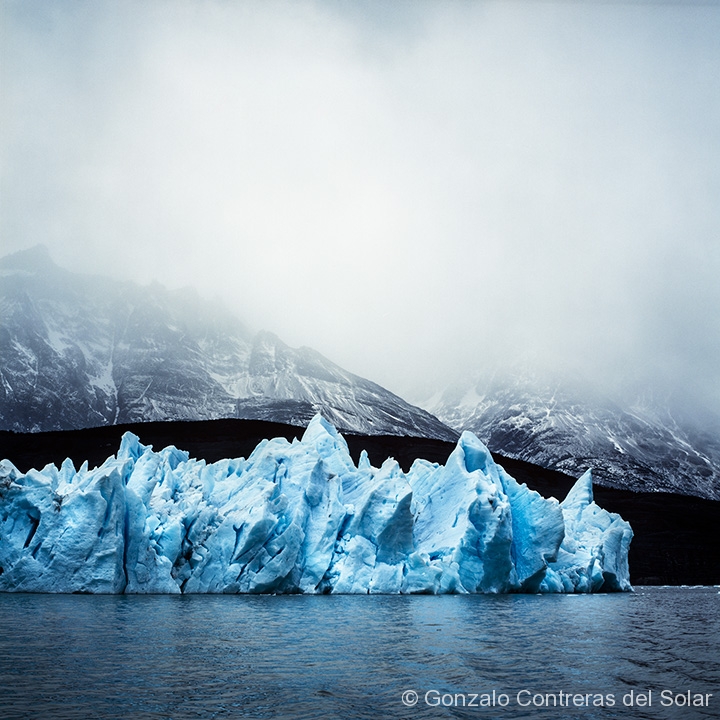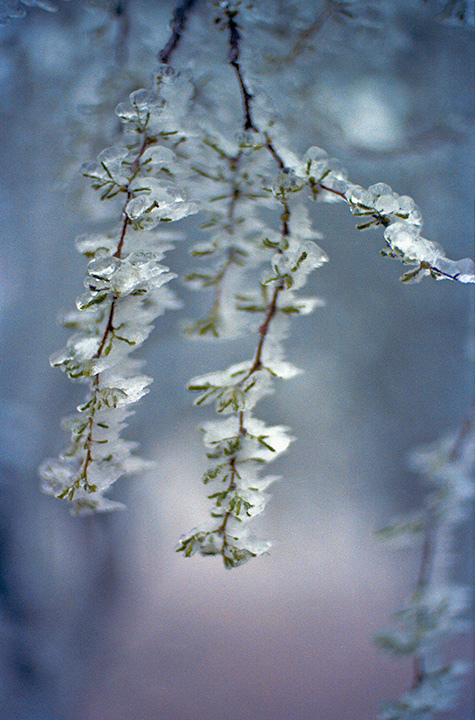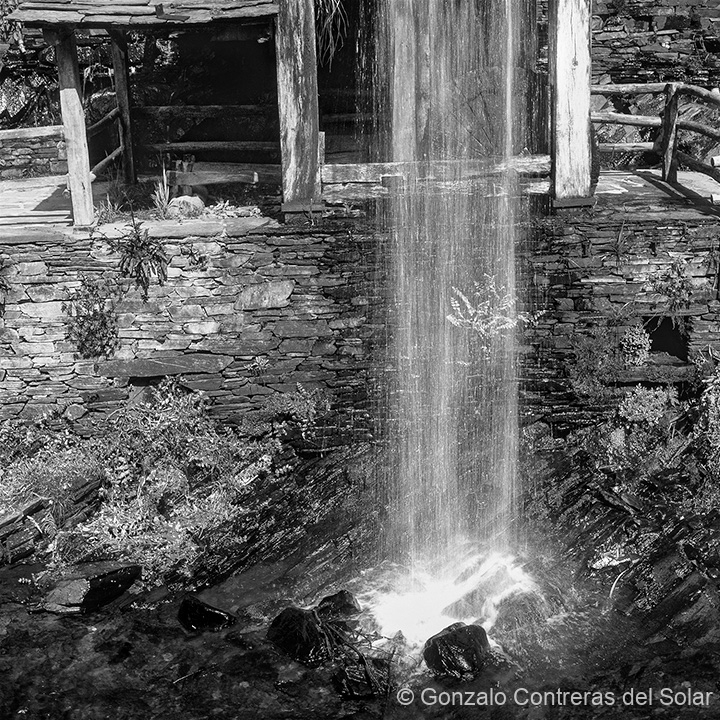My photography journey, Second Milestone
In the previous chapter I mentioned about the major milestones on my photography career registering Water in all its forms.
With my new F3, I started to work taking advantage of the field guide manual. purchases additional lenses, filters extension ring for macro photography. At that time Kodak had two slide films: Ektachrome which was developed by many labs around and Kodachrome, a wonderful film that only a few labs in the world would develop, mainly in Europe and the USA, so it took about a month since I made the images until they were returned.
During this period, I was introduced to a professional food photographer (Miguel Etchepare), who gave me guidance and clarified points of the National Geographic guide. He also mentioned about a famous B&W photographer, Ansel Adams and the zones technique he had created, which for me was like trying to understand Chinese.
I must confess, that for many years, even after buying the key 3 books Ansel published: The Negative, The Camera and The Print, I could not really grasp his technique, and only many years later when working on the digital darkroom, that I was able to comprehend it. Possibly this will be a topic of a future chapter.
As I was taking color images on slides, at that time there was only one paper available for me that was positive to positive (that could be printed directly form the slide). It was manufactured by a pharmaceutical company CIBA Geigy, they called the paper Cibachrome. Was crystal clear and gave crisp images, very expensive as well, in addition it used corrosive chemicals. Initially, I outsourced the printing with friend in Chile and later I used a service in Bolivia.
During this period, I learned that the Goethe Institut in La Paz, had a photography contest, the theme was water. Presented 3 images, that I had printed before. The verdict came to my surprise, I obtained the first and second price, and an honorable mention for the third image.
During the awards ceremony, one of the judges (Felipe Sanginés) suggested that I should start working on medium format cameras.
It wouldn’t take long, that I would be writing to the Rollei factory in Germany for a quote of a camera, set of 2 lenses, extension rings, batteries, and few other items. Received the quote by telex with instructions on the payment method, having to send a check in Deutsche Marks. Ten days later after mailing the check I received another telex confirming the order and that my camera was being manufactured. Think about 15 days had passed, I would be at the Lufthansa cargo office in La Paz collecting my Rollei 6006, becoming another important milestone. The camera accompanied me for about 30 years, before she died on a trip to Island due to stream cold weather.
Today you can buy similar equipment using your phone paying with your credit card, and in many cases, its takes just 1-2 days to arrive to your home.
Working with medium format, slows your process, you think more on what you want to photograph, you only can take 12 images per roll. In addition, I learned that Ansel took notes of the settings of each picture he took.
You guess it, I would start doing the same, creating an archival filing system and a digital data catalog of the details each image I took. At a later stage I replaced the pen and paper with a small handheld tape recorder.
One thing takes to the other, I wanted to do my own color Ciba prints, so bought a color enlarger that could handle medium format slides/negatives and a small rotary tank where I could print and develop color size images. The paper and chemicals were very difficult to purchase in Bolivia (I had to buy them in the USA and brought them with me, at that time airlines were not strict on corrosive items).
This milestone of printing the image on paper, allows you to see details that you might not see on the slide or negative, the same happens today when you see the image on your computer and the print it.
On a future chapter of the milestones, I will continue explaining how printing enhances your work.



